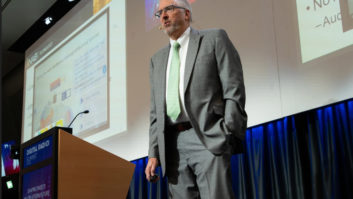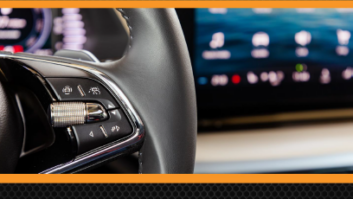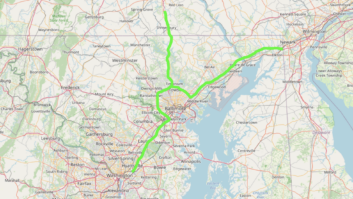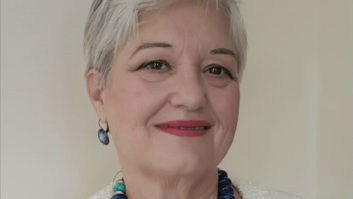The author is the chairman of Digital Radio Mondiale.

Recently the three major digital radio standards topped the agenda at a key Asian workshop. It was a “beauty contest” of the kind we used to have some years back in countries like South Korea and Brazil.
Such side-by-side presentations are always a bit awkward but very necessary and welcomed by regulators, broadcasters and the broadcast industry, as definitive answers to a few simple questions are being sought.
Which is the best digital radio standard? Why are there three main ITU recommended digital audio broadcasting standards, when in television there is one standard (DVB-T2) that is universally accepted?
Do we still need terrestrial broadcasting when IP can do so much and is so popular? And if we still need terrestrial, why isn’t one radio standard emerging as the absolute winner? All valid questions with long and complicated answers lost in the midst of the 20th century.
Opening the history books we find out that DAB was first pioneered in Germany in 1981; its launch date was 1995 and the first commercial receivers were only available in 1999. Some observers believe that because DAB was developed by a multitude of European governments and public broadcasters this was a crucial factor in its delayed birth.
In the most successful digital market to date, the United Kingdom, 42 percent of all listening is now through digital radio but not necessarily on digital receivers. DAB is available in over half of the homes in the country, though for younger people online streaming services such as Spotify are increasingly attractive.
While the BBC still accounts for the majority (53 percent) of radio listening, most of commercial radio listening is still via analog services, delivering the lion’s share of the industry’s revenue. DAB+ is pushing hard in Europe, Australia and a few other markets under the “digital radio” banner. It is an excellent multiplex solution in Band III, if one wants lots of stations covering the same local area, a good alternative to FM.
The middle “fair maiden” of digital broadcasting is HD Radio, which was born in 2001, as a proprietorial standard offering in-band solutions for FM and medium wave. So, it is completely commercial with licenses and fees to be paid to HD radio. HD is being deployed mainly in the United States and in some adjacent territories like Mexico and the Philippines.
There have been attempts at improving its performance and flexibility lately. While HD receivers are available in all desired forms, their sale has been less than spectacular. Under the new management of DTS this “digital radio” is also being pushed hard in new and old markets of Asia and Europe.
So what about the DRM standard? It is the newest “fair maid” on the block (the DRM AM mode was born in 2003 and the DRM VHF mode in 2011). DRM covers all bands and it prides itself on flexibility and efficiency. It has been tested globally but to date it is India, with its 1.3 billion people, which is approaching the end of its new medium wave DRM deployment.
When finalized the Indian public broadcaster will be able to cover the world’s largest digital market with more than 600 million people. DRM, “the digital radio for everyone” is still trying to match the receiver variety and volumes of DAB+ and HD. Standalone receivers on sale need to breed more and cheaper options and the car line-fit receiver recently demonstrated in New Delhi at the BES Expo is a good development that needs to grow fast.
So do we need three digital sisters? Hard to say, but we cannot uninvent them. Besides, competition is very good, necessary and in some places like Europe, required. DRM and DAB+ share a lot of the features and benefits and can be complementary. Together they could indeed become “the digital radio,” standard that prevails in most of the world offering full digital coverage.
For this to happen though, one of the countries on the brink of making a digital decision needs to bite both the DRM and DAB+ bullets, in order to satisfy the needs of all broadcasters and offer full country coverage. This, in turn, would give the necessary confidence to the receiver manufacturers and to the more forward-looking car industry.
But as long as each of the three standards presents itself as “the only digital radio” for all things and all listeners, there will be only beauty contests, no decisions and more delays.
So which is “the fairest of them all”? In their own way each is very fair or attractive, depending on size, development and the needs of each country. To paraphrase a famous saying: do not ask what the standard can do for you; ask what you can do with the standard or standards to get the most for your country and listeners.












